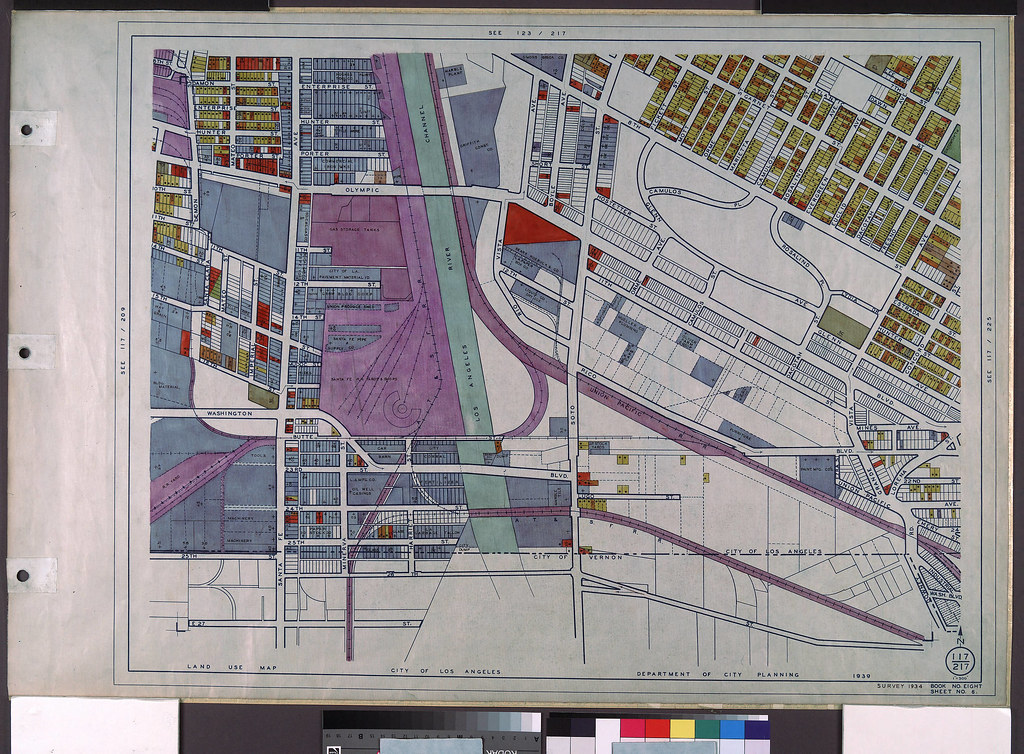
There are films, and then there are *films*. Among the hallowed halls of cinematic achievement, Francis Ford Coppola’s *The Godfather* stands not just as a monument, but as a living, breathing entity that continues to captivate, analyze, and inspire generations. It’s a work so deeply embedded in our cultural consciousness that its lines, characters, and iconic moments have become almost mythological. But beneath the polished veneer of its legendary status lies a fascinating tapestry of creative struggle, daring improvisation, and sheer, undeniable genius – much of which went unnoticed by audiences, yet sculpted the masterpiece we adore today.
This isn’t just a story about a crime family; it’s a testament to the alchemy that happens when relentless artistic vision collides with studio skepticism, financial constraints, and the unpredictable magic of a film set. We often marvel at the final product, but the true brilliance often resides in the ‘how’ – the unexpected choices, the battles won, and the serendipitous moments that elevate a great story into an unforgettable experience. Prepare to dive deep into the unseen forces and pivotal decisions that forged *The Godfather* into an enduring classic, revealing the audacious creativity that lurked behind every frame.
So, buckle up, cinephiles, because we’re about to pull back the curtain on some of *The Godfather*’s most fascinating behind-the-scenes revelations and iconic initial moments. From the serendipitous appearance of a furry co-star to the strategic brilliance of its visual language, we’re going to explore the unheralded genius that permeated the making of this film, culminating in some of the finest movie scenes ever committed to celluloid. Let’s start with perhaps the most charmingly unexpected stroke of genius.
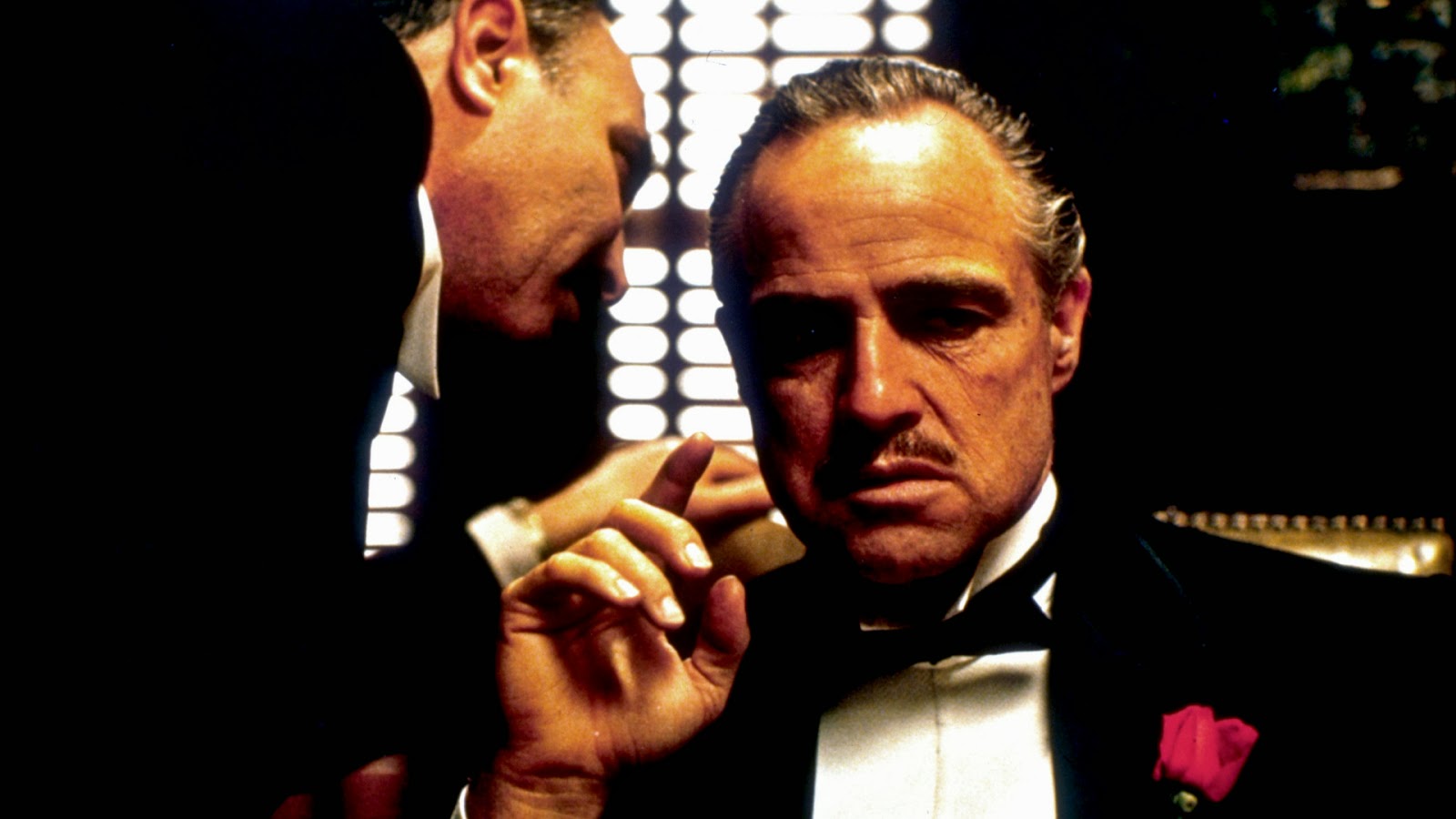
1. **The Unscripted Cat Scene: The Genesis of an Icon** It’s an image seared into the minds of movie lovers worldwide: Don Vito Corleone, stroking a cat with an air of detached authority, as he listens to Bonasera’s plea for justice. This moment, so integral to establishing the Don’s paradoxical nature – a figure of immense power yet with a soft, almost domestic touch – was, incredibly, never in the script. It was a pure, unadulterated stroke of improvisation, a testament to director Francis Ford Coppola’s instinctive understanding of what suited the scene.
Coppola himself reminisced about the moment he decided to incorporate the feline, revealing: “The cat in Marlon’s hands was not planned for. I saw the cat running around the studio, and took it and put it in his hands without a word.” This seemingly minor, spontaneous decision added an immeasurable layer of depth to Marlon Brando’s portrayal of Don Corleone. The contrast between the menacing figure and the purring cat immediately humanized him, even as he was being asked to enact brutal revenge.
Production insiders even shared a fascinating tidbit: during the scene’s filming, Brando’s voice was reportedly drowned out by the cat’s loud purring. This detail, far from being a disruption, only adds to the scene’s legend. It highlights the chaotic yet creative energy on set, where the unpredictable was embraced and transformed into cinematic gold. It’s a vivid example of how a director’s intuition and an actor’s willingness to roll with the punches can birth an unforgettable piece of film history.
The r/TodayILearned subreddit lit up with users discussing this very moment, with one user inferring that both Brando and Coppola had taken a liking to the stray cat that had been “hanging around the set for days.” When the cat “jumped up on Brando’s lap,” he “just rolled with it.” This “super classy” integration, they noted, “makes the scene so much more alive.” It’s a sublime instance where an unscripted element not only worked but elevated an already powerful scene to iconic status, creating a moment of genuine, lived-in reality that few planned sequences ever achieve.
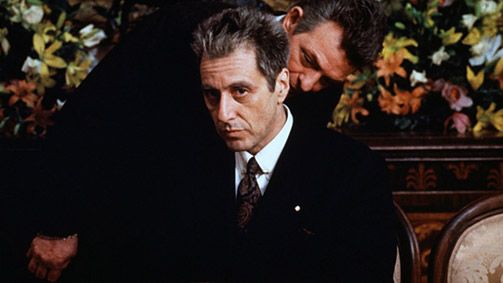
2. **Puzo’s Desperation and Paramount’s Foresight: The Birth of a Best-Seller’s Adaptation** Before *The Godfather* became a cinematic behemoth, it was a burgeoning literary sensation born from Mario Puzo’s urgent need for money. In 1967, a literary scout for Paramount Pictures serendipitously contacted then Paramount Vice President of Production Peter Bart about Puzo’s unfinished sixty-page manuscript, then titled *Mafia*. Bart, recognizing its potential, believed the work was “much beyond a Mafia story.”
Paramount offered Puzo a $12,500 option for the work, with an additional $80,000 if the finished novel were to be adapted into a film. Despite his agent’s advice to decline, Puzo, desperate for money to pay off gambling debts, accepted the deal. Robert Evans, another Paramount executive, later related that he made the offer after Puzo confessed he urgently needed $10,000. This desperate financial situation for the author laid the groundwork for one of Hollywood’s most lucrative literary acquisitions.
The studio’s early foresight paid off spectacularly. Puzo’s novel, published in 1969, exploded onto *The New York Times Best Seller* list, remaining there for an astonishing 67 weeks and selling over nine million copies in just two years. It quickly became the best-selling published work in history for several years. This immense popularity provided a crucial foundation, amplifying the pressure and expectations on Paramount to deliver a film that could live up to its literary fame.
In March 1967, Paramount had already announced its backing of Puzo’s upcoming work, and by 1969, they officially confirmed their intentions to make a film for $80,000, aiming for a Christmas Day 1971 release. The acquisition of *Mafia* was a gamble, but Puzo’s personal financial plight, combined with Bart’s astute judgment, serendipitously positioned Paramount to capitalize on a cultural phenomenon before it fully erupted, setting the stage for one of cinema’s greatest adaptations.
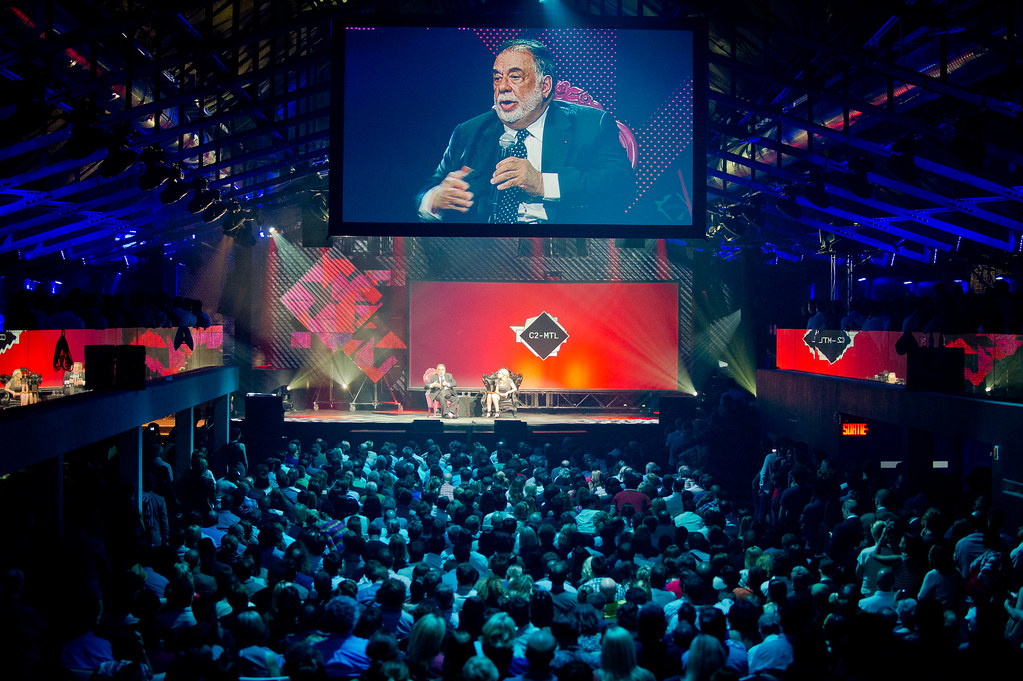
3. **Coppola’s Reluctance and Artistic Vision: From “Sleazy” Novel to “Family Chronicle”** It’s almost unthinkable now, but Francis Ford Coppola, the man who would direct *The Godfather* to unparalleled glory, initially turned down the job. He found Mario Puzo’s novel “pretty cheap stuff,” describing it as “sleazy and sensationalist.” This initial aversion highlights the profound transformation the material underwent under Coppola’s direction, evolving from a mere gangster story into something far more profound.
However, Coppola was in a difficult financial spot. His studio, American Zoetrope, owed over $400,000 to Warner Bros. due to budget overruns on his film *THX 1138*. Coupled with his own poor financial standing, and persuasive advice from friends and family, Coppola reluctantly reversed his decision and took the job. This pragmatic choice, born out of necessity, ironically led him to unlock the deeper thematic potential of the material.
Coppola, officially announced as director on September 28, 1970, agreed to receive $125,000 and six percent of the gross rentals. Once committed, his artistic vision took hold. He decided that the film should not merely be “about organized crime but a family chronicle, a metaphor for capitalism in America.” This profound shift in perspective was the turning point, elevating the narrative from a genre piece to a sweeping epic about power, tradition, and the American dream’s darker side.
This re-framing was a monumental act of directorial genius, transforming a pulp novel into a legitimate work of art. By emphasizing “culture, character, power, and family,” Coppola imbued the story with a timeless resonance that continues to define it. His initial disdain for the source material ultimately fueled a deeper, more analytical engagement, proving that sometimes, the greatest art emerges from the most unexpected and challenging creative origins.
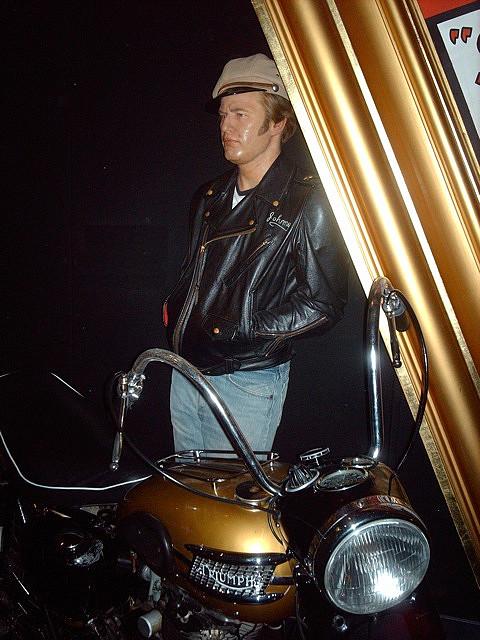
4. **The Battle for Brando: Defying Studio Skepticism for Unparalleled Performance** The idea of anyone other than Marlon Brando as Don Vito Corleone seems preposterous today, but securing him for the role was one of the fiercest battles Francis Ford Coppola waged against Paramount executives. Mario Puzo, recognizing Brando’s unique genius, was an early advocate, writing a letter to Brando stating he was “the only actor who can play the Godfather.” Yet, the studio was adamantly against it.
Paramount executives cited Brando’s recent poor film performances and his reputation for a “short temper” as reasons to avoid casting him. Their resistance forced Coppola to consider other options, including Laurence Olivier (whose agent claimed he was sick, despite Olivier later starring in *Sleuth* that year) and studio-preferred choices like Carlo Ponti or Ernest Borgnine. Charles Bronson, George C. Scott, Richard Conte, Raf Vallone, Anthony Quinn, and Orson Welles were also considered, with Welles even meeting Puzo to campaign for the part.
After months of intense debate, Paramount president Stanley Jaffe finally demanded Brando perform a screen test. Coppola, sensitive to Brando’s legendary status, artfully staged this by telling Brando he needed to “test equipment” at Brando’s California residence. It was here that Brando’s transformative genius truly shone: he stuck cotton balls in his cheeks, used shoe polish to darken his hair, and rolled his collar, improvising the iconic jowly, gravelly Don.
Coppola strategically placed Brando’s audition tape among others for the executives to view. Impressed by his efforts, they finally relented, allowing Coppola to cast Brando under specific conditions: a lower salary and a bond to ensure no production delays. Brando ultimately earned $1.6 million from a net participation deal, but the real victory was Coppola’s unwavering belief in Brando, a conviction that led to one of the most celebrated and transformative performances in cinema history, proving that some battles are absolutely worth fighting.

5. **The Hunt for Michael: Coppola’s Vision vs. Studio Stars** Even as filming neared its start on March 29, Michael Corleone, the moral center and eventual ruthless successor, remained uncast. This pivotal role ignited another intense struggle between Francis Ford Coppola’s artistic vision and Paramount executives’ desire for bankable stars. The studio heads pushed for popular actors like Warren Beatty, Alain Delon, or Robert Redford, hoping to secure a box office draw.
Producer Robert Evans, in particular, was drawn to Alain Delon, Europe’s biggest sex symbol, who was eager for the role and even carried a copy of Puzo’s book. However, Delon’s “smooth, polished image didn’t fit the intense, brooding character Coppola wanted.” This clash underscored a fundamental difference in approach: the studio sought commercial appeal, while Coppola prioritized authentic characterization and a raw, untamed talent.
Coppola’s favorite for the role was Al Pacino. He could vividly picture Pacino “roaming the Sicilian countryside” and specifically desired an unknown actor who authentically “looked like an Italian-American.” Paramount executives, however, found Pacino “too short to play Michael,” highlighting superficial concerns over profound character suitability. Many other notable actors, including Dustin Hoffman, Martin Sheen, Dean Stockwell, and James Caan, also auditioned.
The studio initially cast James Caan as Michael, with Carmine Caridi as Sonny Corleone, after Caan was well-received. But Coppola, persistent in his vision, urged producers Al Ruddy and Evans to see Pacino in *Panic in Needle Park*. This viewing proved decisive; they gave Pacino the part, contingent on Caan playing Sonny. The compromise for Caan was also pragmatic: Evans preferred Caan over Caridi because Caan was seven inches shorter, making him closer to Pacino’s height. Even Pacino himself initially couldn’t envision himself in the role, seeing Michael as “more glamorous, more self-contained — someone more like Alain Delon,” and he struggled in early screen tests, forgetting lines and improvising. Despite these hurdles, Pacino took on the role, leading to another iconic, transformative performance that validated Coppola’s unwavering artistic conviction.
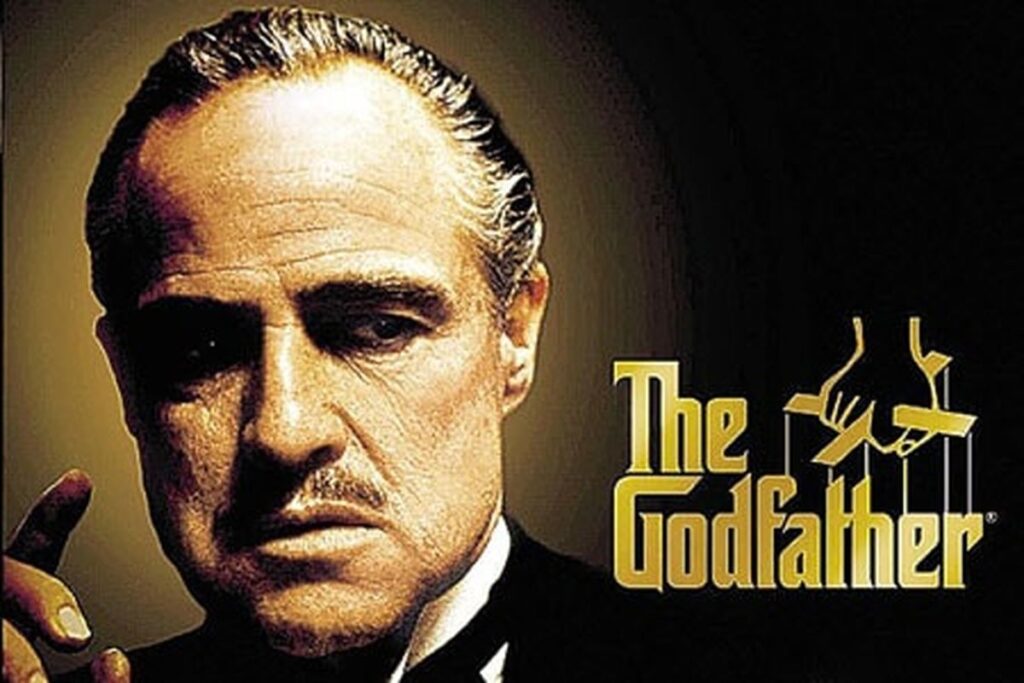
6. **Navigating the Mob: Changing “Mafia” and “Cosa Nostra”** The making of *The Godfather* was not just fraught with internal studio battles, but also external pressures that dramatically shaped the final script. The Italian-American Civil Rights League, led by mobster Joseph Colombo, maintained that the film emphasized negative stereotypes about Italian-Americans. Their demand was clear: “all uses of the words ‘mafia’ and ‘Cosa Nostra’ to be removed from the script.” They also requested that money from the premiere be donated to their fund for a new hospital.
Coppola clarified that Puzo’s screenplay only contained “two instances of the word ‘mafia’ being used, while ‘Cosa Nostra’ was not used at all.” These references were ultimately “removed and replaced with other terms, without compromising the story.” This concession, though seemingly minor, was a significant negotiation that allowed the production to proceed. It demonstrated the real-world influence of organized crime on a Hollywood production, and the delicate balance between artistic integrity and practical necessity.
The pressures were not always polite. Earlier, producer Albert S. Ruddy’s car windows had been “shot out with a note left on the dashboard which essentially said, ‘shut down the movie—or else.'” This stark warning underscored the seriousness of the threats. However, Ruddy, a pragmatic producer, engaged directly with the League. In August 1971, it was revealed he had met personally with Joseph Colombo and his son Anthony, along with 1,500 delegates of the League.
These meetings, starting in February 1971, led to Ruddy agreeing to base the film “on individuals and assuring that it would not defame or stereotype Italians.” The League eventually gave its support for the script, and Anthony Colombo reportedly even made Ruddy an “honorary captain” of the League. This extraordinary negotiation illustrates a peculiar moment in cinematic history, where creative teams had to literally negotiate with the subjects they were depicting, resulting in a subtle but crucial re-phrasing that ultimately deepened the film’s universal themes beyond mere gangster tropes.
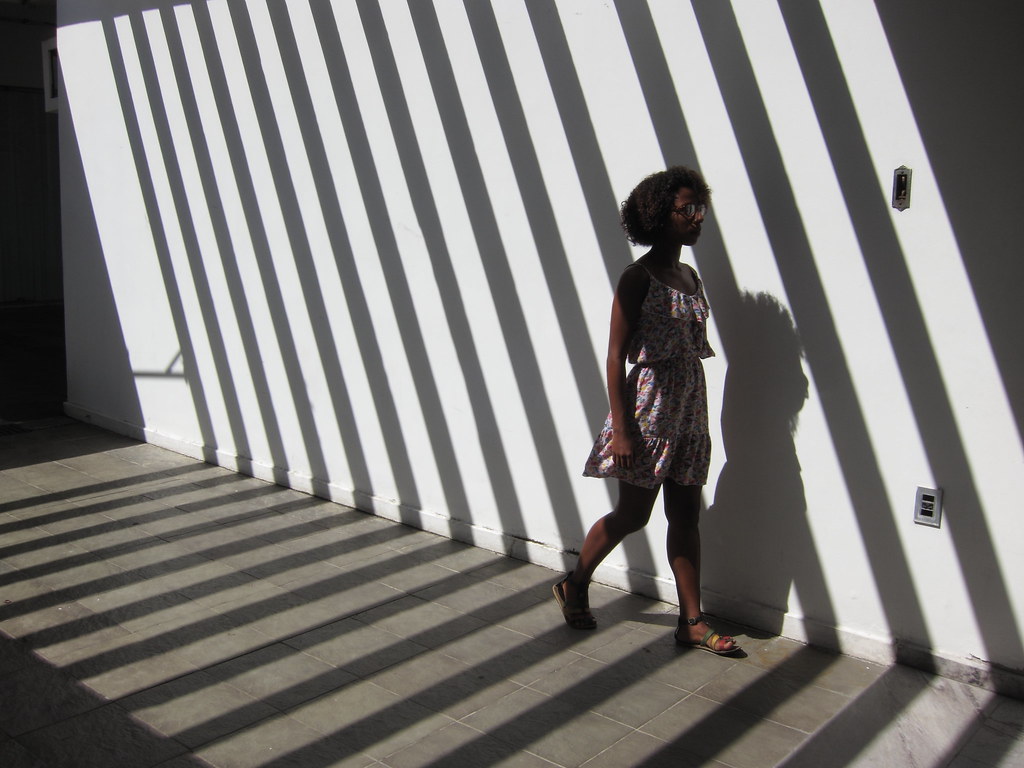
7. **The Art of Cinematography: Gordon Willis’s Masterful Use of Light and Shadow** The visual language of *The Godfather* is as iconic as its narrative, largely thanks to the masterful cinematography of Gordon Willis, affectionately known as the “Prince of Darkness.” Willis initially “turned down the opportunity to film *The Godfather* because the production seemed ‘chaotic’ to him.” His eventual acceptance, however, proved to be one of the film’s most brilliant strokes of genius, defining its atmospheric and psychological depth.
Willis and Coppola forged a powerful creative partnership, agreeing to eschew “any modern filming devices, helicopters, or zoom lenses.” Instead, they opted for a “tableau format” of filming, aiming to make each scene resemble a painting. This deliberate choice gave the film a timeless, classical feel, emphasizing composition and static beauty over dynamic, modern techniques. The result is a series of meticulously crafted frames that draw the viewer into the Corleone world.
Crucially, Willis employed “shadows and low light levels throughout the film to show psychological developments.” This became his signature, with characters often obscured in darkness, their faces partially lit, reflecting their moral ambiguities and the insidious nature of their world. The interplay of “light and dark scenes” was a conscious decision, with Willis even “underexposing the film in order to create a ‘yellow tone'” that imbued the New York scenes with a grim, visceral realism.
In stark contrast, the scenes filmed in Sicily were intentionally shot to “display the countryside and ‘display a more romantic land,'” giving these sequences a “softer, more romantic” feel than their New York counterparts. This subtle yet profound shift in visual tone visually reinforced Michael Corleone’s journey and transformation, creating an emotional landscape that mirrors his internal conflict. Willis’s work was not just about pretty pictures; it was about using light and shadow as narrative tools, a truly unnoticed moment of genius that profoundly shaped the film’s emotional and thematic impact.
The journey through *The Godfather*’s unparalleled genius doesn’t end with its foundational elements. The film is a labyrinth of meticulously crafted scenes, audacious production choices, and deeply resonant character arcs, many of which owe their power to ‘unnoticed moments of genius’ that continue to inspire awe. As we delve deeper, we uncover how pivotal decisions in filming, narrative sequencing, and thematic exploration forged an enduring legacy, solidifying its place not just in cinema history, but in the very fabric of pop culture.
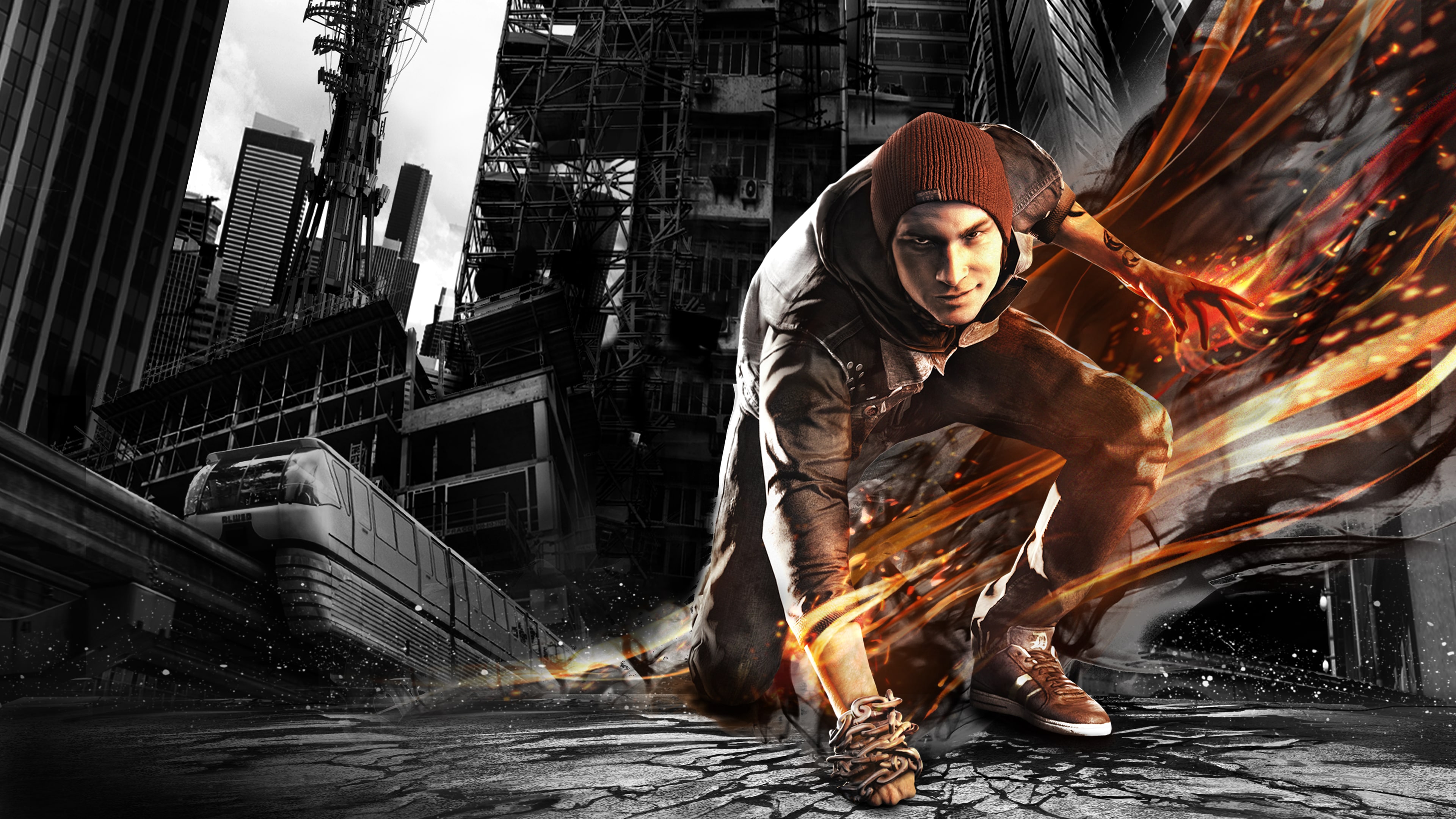
8. **The Infamous Horse’s Head Scene: A Gruesome Reality That Defined Cinematic Boldness** It’s a scene that has shocked, revolted, and captivated audiences for decades: the discovery of a prized horse’s severed head in the bed of studio executive Jack Woltz. This moment isn’t just a brutal display of the Corleone family’s power and ruthlessness; it’s a stark, visceral reminder of Vito Corleone’s chilling promise to “make him an offer he can’t refuse.” The sheer audacity of the act, and its unforgettable visual impact, immediately signals the terrifying reach and resolve of the Don.
What often goes unnoticed is the almost unbelievable reality behind this cinematic shocker. While criticism naturally arose for such a graphic scene, the production team made a deliberate, pragmatic choice that elevated its realism to disturbing heights. The horse’s head wasn’t some elaborate prop or special effect; it was an *actual* severed horse’s head, obtained from a dog-food company from a horse that was, as the context clarifies, “to be killed regardless of the film.” This detail, far from being gratuitous, underscored the commitment to authentic, unflinching storytelling, bypassing any artificiality that might have diminished its impact.
The choice to use a real animal head was a bold, if controversial, stroke of genius. It was a production decision that transcended mere filmmaking, blurring the lines between cinematic artifice and horrifying reality. This specific, visceral detail ensures that the scene is not only deeply etched into the memories of viewers but also serves as a benchmark for how far filmmakers were willing to go to convey the brutal stakes within *The Godfather*’s world. It’s a testament to the film’s uncompromising vision and its willingness to confront the ugliness inherent in its narrative, making the “offer” terrifyingly real.
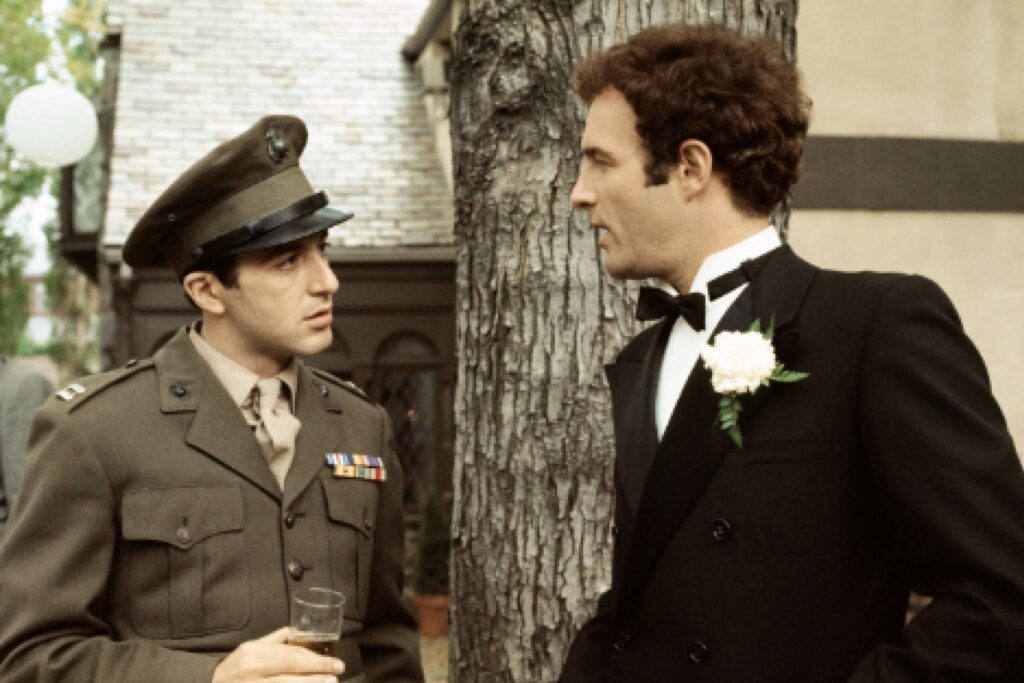
9. **Sonny’s Brutal Ambush: The Meticulous Orchestration of a Tragic Downfall** The merciless assassination of Santino “Sonny” Corleone at a deserted tollbooth is one of *The Godfather*’s most heart-wrenching and pivotal sequences. Sonny, the hotheaded and impetuous heir apparent, is lured into a deadly trap after his violent reaction to Carlo’s abuse of Connie. This scene is a masterclass in building tension and delivering a devastating blow, irrevocably altering the Corleone family’s trajectory and highlighting the fatal consequences of unchecked emotion in their world.
The genius of this scene lies not just in its narrative impact but in the painstaking production details that brought it to life. Far from a simple roadside shooting, the sequence was an elaborate undertaking. As the context reveals, “three tollbooths were built, along with guard rails, and billboards to set the scene” on a runway at Mitchel Field in Uniondale. Even Sonny’s vehicle, a 1941 Lincoln Continental, was specifically prepared with “holes drilled in it to resemble bullet holes,” ensuring maximum realism for the torrent of gunfire that would engulf him.
Such meticulous planning and execution underscore the film’s commitment to immersive storytelling. The scene took a staggering “three days to film and cost over $100,000,” a significant sum for a single sequence at the time. This investment of time and resources wasn’t merely for spectacle; it was to craft an unforgettable moment that visually communicated the ruthlessness of the rival families and the Corleones’ vulnerability. It’s a powerful example of how production genius elevates a tragic plot point into an iconic, deeply impactful cinematic experience that has resonated through the decades.

10. **Vito’s Poignant Grief: “Look How They Massacred My Boy” and Brando’s Humanizing Touch** Following Sonny’s brutal demise, Don Vito Corleone, still recovering from his own assassination attempt, is confronted with the horrifying sight of his eldest son’s bullet-riddled body. This moment, where Vito surveys the damage inflicted upon his child and utters the now-iconic, heart-wrenching lament, “Look how they massacred my boy,” stands as one of the film’s most powerful and emotionally resonant scenes. It offers a rare glimpse into the vulnerability and profound humanity of a man who usually projects impenetrable power.
The genius here lies in Marlon Brando’s understated yet utterly devastating performance, which adds a crucial layer of thematic depth. In a film teeming with violence and strategic machinations, this scene strips away the Don’s stoicism, revealing a father consumed by grief. It’s not a moment of strategic cunning or ruthless calculation, but one of raw, paternal sorrow. This sharp contrast between the menacing figure known to his adversaries and the grieving father before us is what makes the scene so profoundly impactful and memorable, solidifying Brando’s legacy.
This scene functions as a critical narrative pivot, demonstrating that even a figure of Vito’s stature is not immune to personal tragedy. It humanizes the Don in a way that few other scenes achieve, reminding the audience that beneath the criminal empire lies a family unit, susceptible to loss and heartbreak. It’s a testament to Coppola’s direction and Brando’s unparalleled acting prowess that this moment transcends simple pathos to become a universal expression of parental anguish, an ‘unnoticed’ moment that anchors the film’s emotional core and deepens its thematic exploration of family.

11. **The Baptism Purge: A Symphony of Sacred Vows and Sinister Retribution** Few sequences in cinematic history are as masterfully constructed and thematically resonant as “The Baptism Purge.” As Michael Corleone stands as godfather to his nephew, solemnly renouncing Satan in a sacred baptismal ceremony, his hitmen simultaneously carry out a meticulously orchestrated series of assassinations, systematically eliminating the heads of the rival Five Families. This powerful intercutting of innocent ritual with brutal violence is nothing short of directorial genius.
The profound genius of this scene lies in its audacious juxtaposition. Coppola brilliantly contrasts the purity and hope of a new life entering the church with the cold, calculating brutality of Michael’s ascent to power. “Do you renounce Satan?” asks the priest, and Michael, with an almost imperceptible nod to his true nature, replies, “I do renounce him.” Yet, as he speaks these words, his agents are actively engaged in the very work of evil. This powerful visual and thematic parallel isn’t just stylistically brilliant; it dramatically underscores Michael’s complete transformation into the ruthless Don he once vowed he would never become.
This sequence serves as the ultimate culmination of Michael’s journey, solidifying his command and effectively purging all obstacles. It’s a “memorable narrative sequence” that defines his character and the film’s thematic depth, illustrating the inextricable link between violence and the consolidation of power within the Corleone empire. The Baptism Purge is a chilling, unforgettable testament to Coppola’s narrative control and editing prowess, ensuring its place as one of the most iconic and frequently analyzed moments in film history, influencing countless thrillers and dramas that followed.
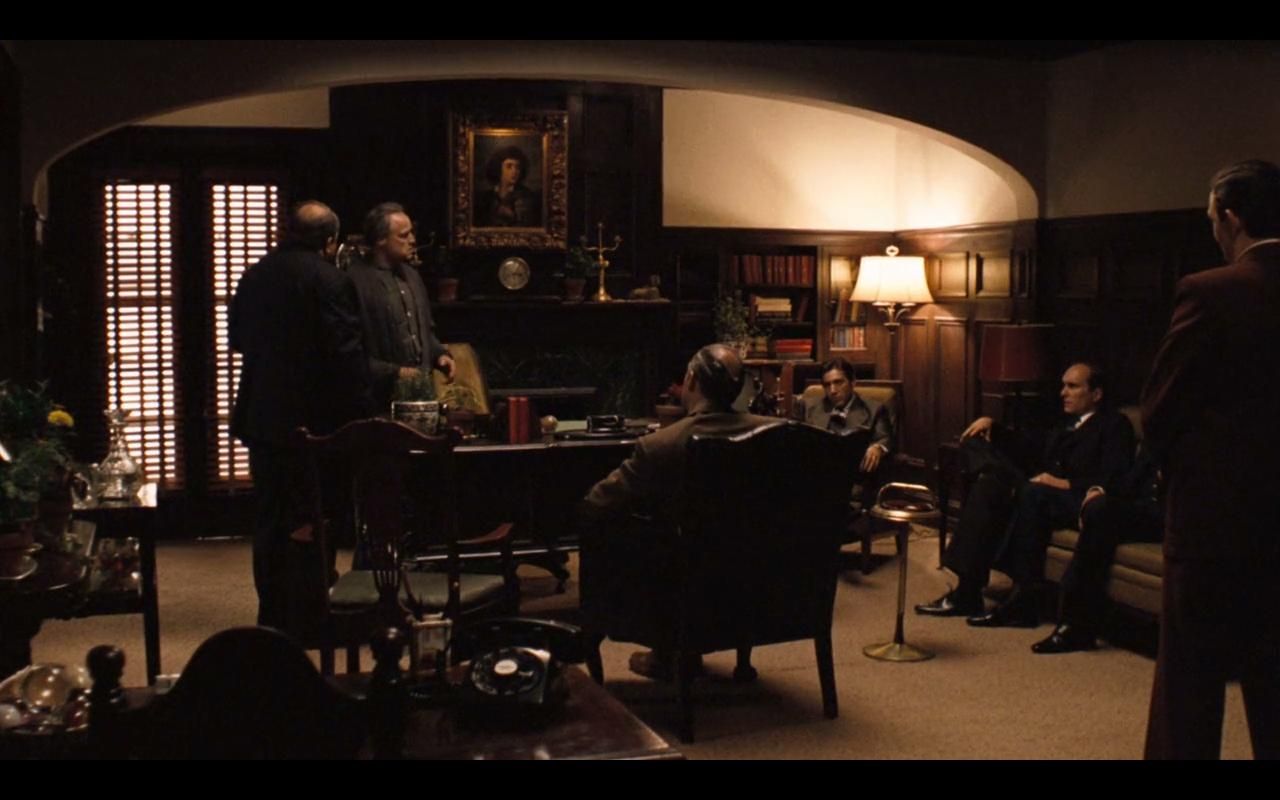
12. **The Meeting of the Five Families: Vito’s Strategic Chess Match and the Art of the Veiled Threat**
In the wake of Sonny’s death, Don Vito Corleone, recovering but still wounded, orchestrates a pivotal “Meeting of the Five Families.” This scene is far more than a mere negotiation; it’s a strategic masterclass, a testament to Vito’s unparalleled cunning and the enduring power of his influence even when weakened. He calls for peace, seemingly from a position of vulnerability, but subtly reasserts his dominance through a series of carefully chosen words and gestures, making it one of the most impactful narrative sequences in the film.
The “unnoticed moment of genius” here is Vito’s masterful manipulation of language and perception. He declares himself “a superstitious man,” a seemingly benign statement, yet it carries an ominous weight. This is a veiled threat, an implicit warning that if anything were to happen to Michael upon his return to New York, Vito would know who was responsible and respond in kind. This subtle yet profound demonstration of strategic genius allows Vito to end the war, secure Michael’s safety, and regain a tactical advantage without resorting to overt aggression, showcasing his cerebral power over brute force.
The scene underscores the complexity of the mob world, where power is wielded not just through violence, but through intelligence, reputation, and the subtle art of persuasion. It also lays the groundwork for Michael’s future machinations, showing him a blueprint for how true power is exercised. This meeting is crucial for understanding the enduring legacy of the Corleone family, illustrating how Vito’s strategic brilliance ensures their survival and continuity, and providing a compelling example of the film’s deep thematic engagement with power dynamics.

13. **Apollonia’s Untimely Death: The Incandescent Spark of Michael’s Darkness** While in exile in Sicily, Michael Corleone finds a fleeting moment of peace and love with Apollonia, a beautiful local woman whom he quickly marries. Their romance offers a poignant counterpoint to the violence Michael has left behind in New York, hinting at a path he might have taken. However, this fragile idyll is shattered by a car bomb intended for Michael, tragically claiming Apollonia’s life. This sudden, brutal loss is not just a shocking plot point; it is a profoundly consequential event that irrevocably shapes Michael’s destiny.
The ‘unnoticed moment of genius’ within this tragedy lies in its thematic weight. The context precisely notes: “It’s the last time in the series that Michael appears to have a soul. Afterward, he’s colder, darker, and more ruthless than ever.” Apollonia’s death serves as the definitive catalyst, hardening Michael’s resolve and pushing him fully into the abyss of his family’s criminal enterprise. Her innocent demise extinguishes any lingering hope for a conventional life for Michael, proving to him that violence will follow him no matter where he goes, and that tenderness is a dangerous liability.
This “crucial moment” is a turning point that propels Michael further down the path of becoming his father, but without Vito’s inherent warmth or a moral compass. It showcases the film’s profound thematic depth by illustrating how personal tragedy can forge an unyielding ruthlessness, transforming a man into a monument of calculated vengeance. The loss of Apollonia is not just a personal heartbreak for Michael; it’s the moment his “soul” calcifies, ensuring his future as the cold, calculating Don, and solidifying his place as one of cinema’s most compelling anti-heroes.
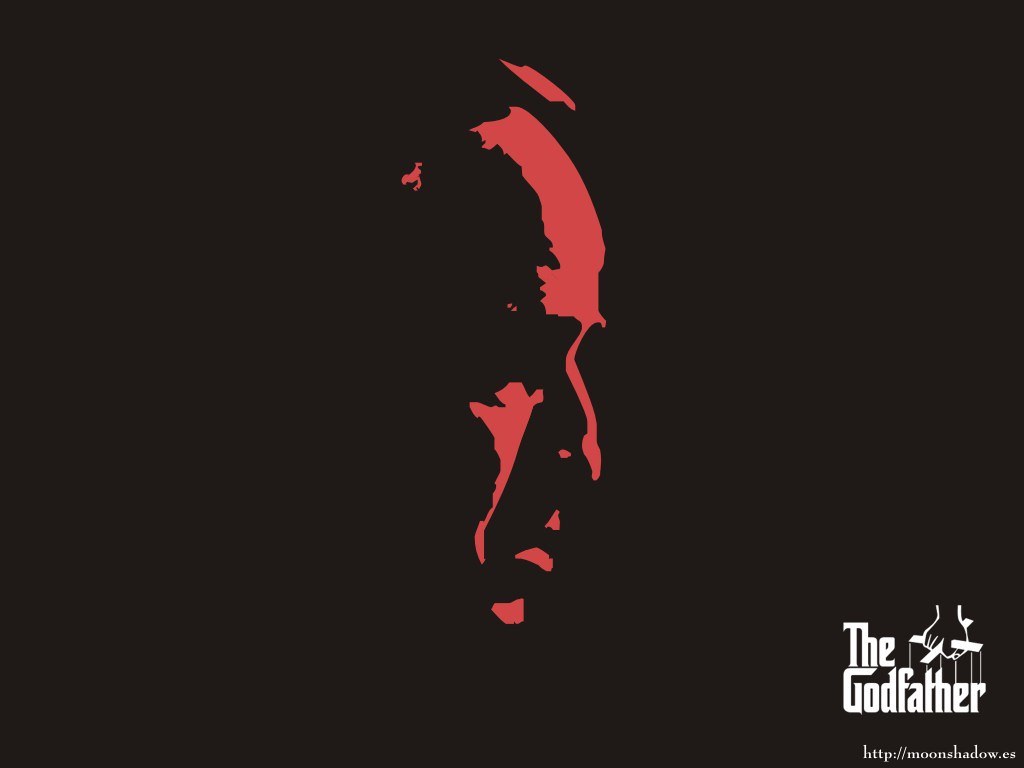
14. **Authenticity Through Location: Coppola’s Unwavering Stand Against Studio Compromise** From its gritty New York streets to the sun-drenched, rustic landscapes of Sicily, *The Godfather*’s visual authenticity is undeniable. This profound sense of place, however, was not easily won. The studio, ever mindful of budgets, initially pushed for a more economical approach, suggesting the film be set in “contemporary Kansas City and shot in the studio backlot in order to cut down on costs.” This clash over location reveals one of Coppola’s most crucial and enduring ‘unnoticed moments of genius’ – his unwavering commitment to his artistic vision.
Coppola vehemently “objected and wanted to set the movie in the same time period as the novel, the 1940s and 1950s,” insisting on filming “on location in New York City and Sicily.” His reasons were profound, encompassing “Michael Corleone’s spell in the wartime Marine Corps, the emergence of corporate America, and America in the years after World War II.” This insistence on period accuracy and real-world backdrops was essential for portraying the Corleone family as deeply embedded within a specific cultural and historical context, transcending a mere gangster story to become a “family chronicle” and a “metaphor for capitalism in America.”
The result of Coppola’s relentless advocacy was a film that felt undeniably real. Approximately “90 percent was shot in New York City and its surrounding suburbs, using over 120 distinct locations,” including a Staten Island wedding scene utilizing “almost 750 locals as extras” and scenes on Mott Street for the olive oil business. Even the Sicilian towns of Savoca and Forza d’Agrò contributed to the film’s “softer, more romantic” feel in those sequences. This uncompromising dedication to authentic locations, despite significant production pressures, imbued *The Godfather* with a timeless, lived-in quality, an enduring legacy that continues to immerse viewers in its world, proving that true genius often means fighting for the details that truly matter.
And so, we conclude our deep dive into the profound, often ‘unnoticed moments of genius’ that propelled *The Godfather* from a controversial novel into a timeless cinematic masterpiece. From a stray cat’s spontaneous cameo to a director’s unwavering fight for authenticity, every creative battle, every serendipitous accident, and every meticulously crafted scene contributed to a tapestry of brilliance. This wasn’t just filmmaking; it was alchemy, transforming challenges into iconic moments that define an era of cinema. *The Godfather* remains a testament to the power of artistic vision, reminding us that true genius often lies in the details—the audacious choices and the quiet brilliance that coalesce to create something truly unforgettable, cementing its place as an eternal font of wisdom and drama in our cultural landscape.



